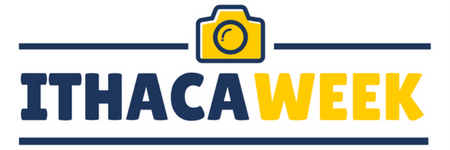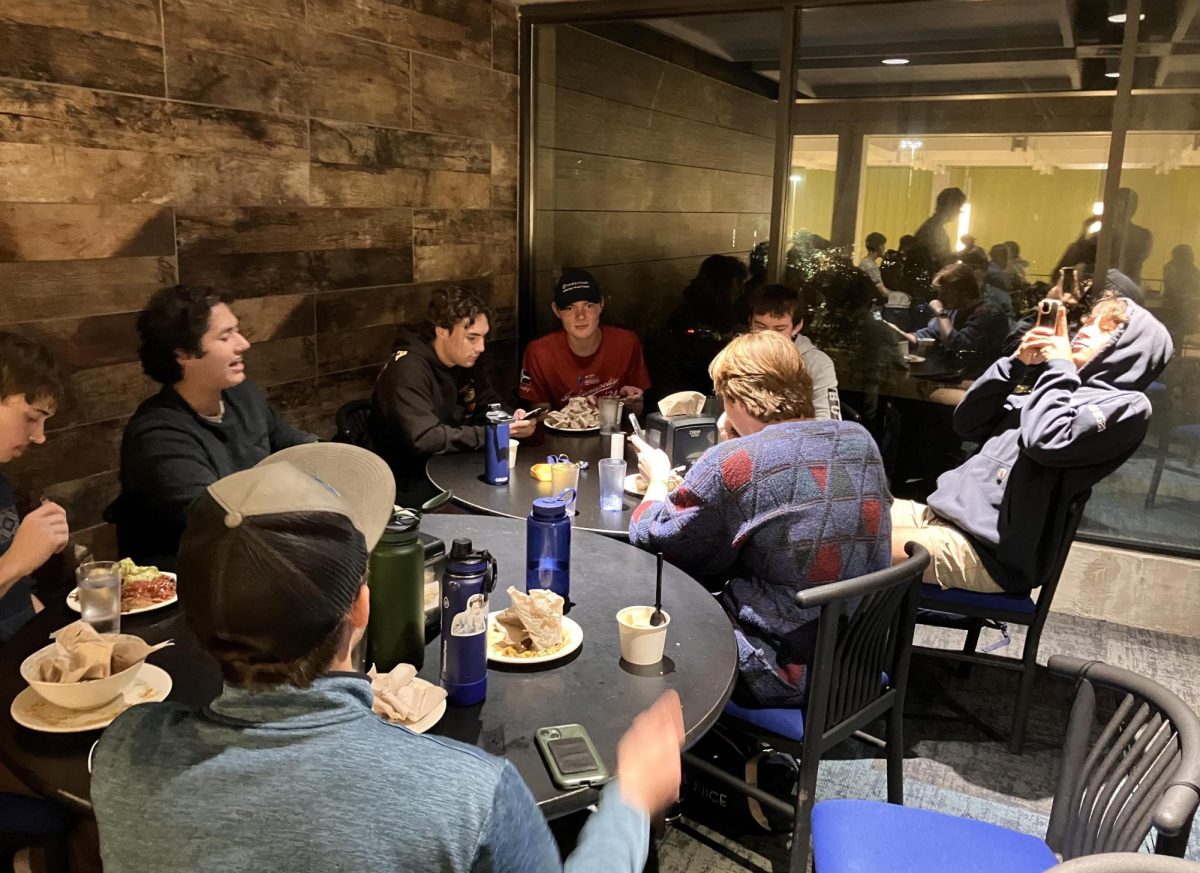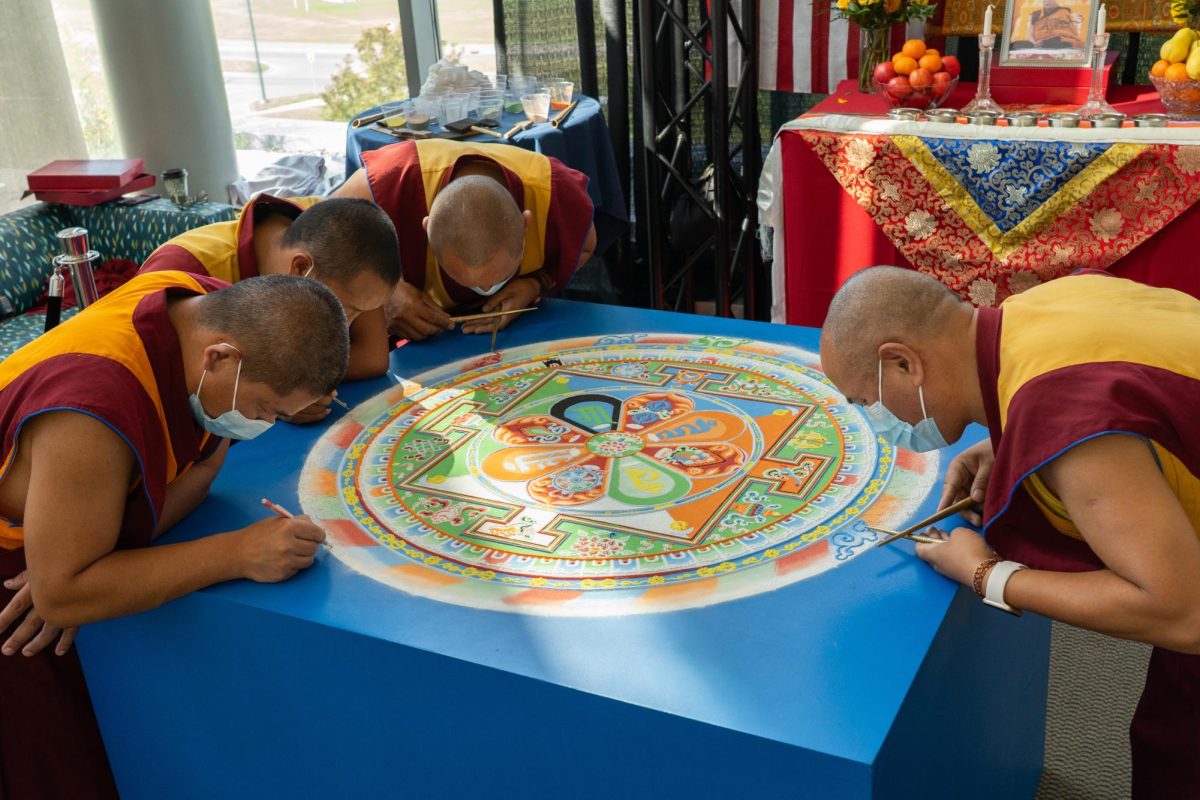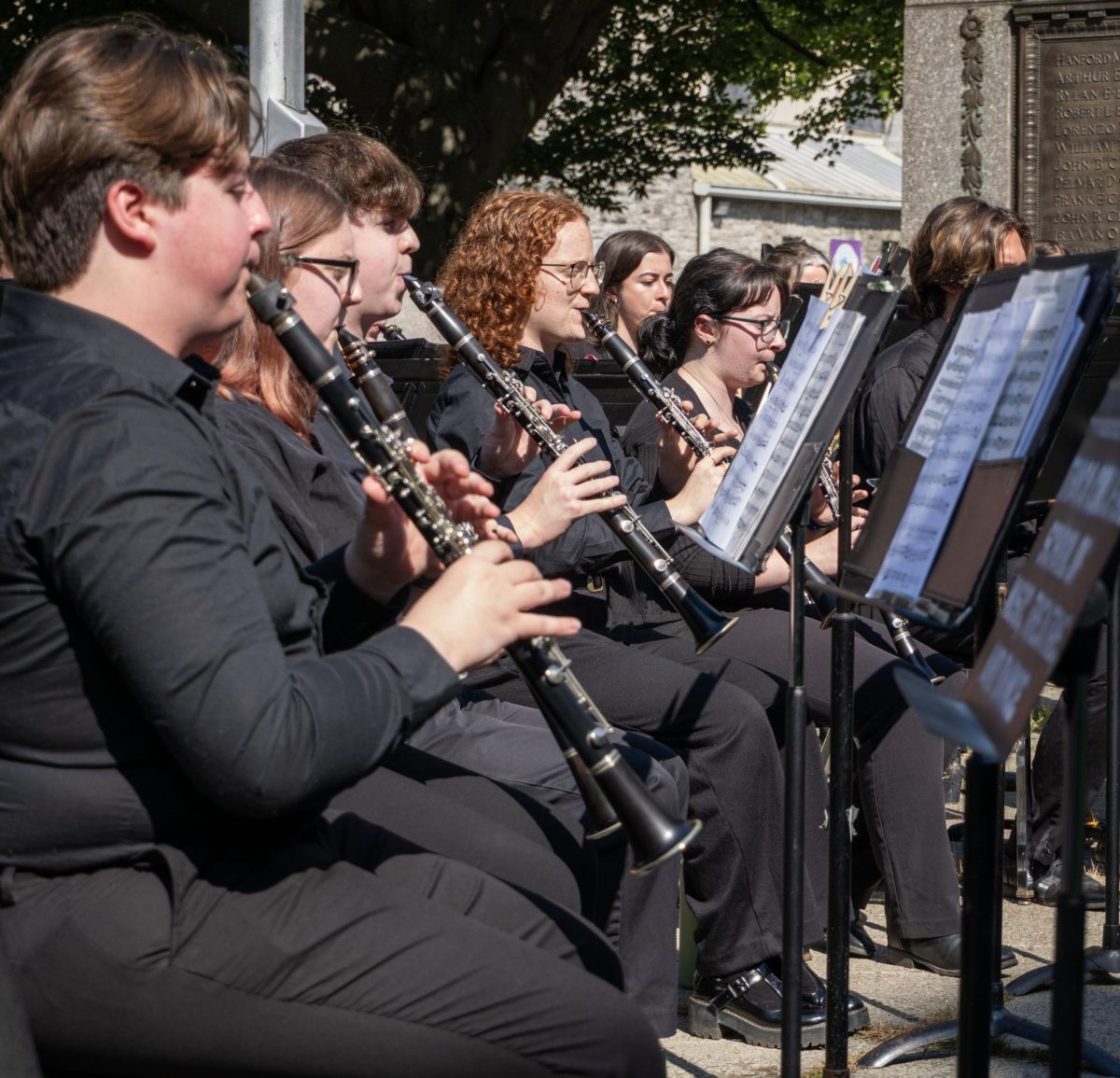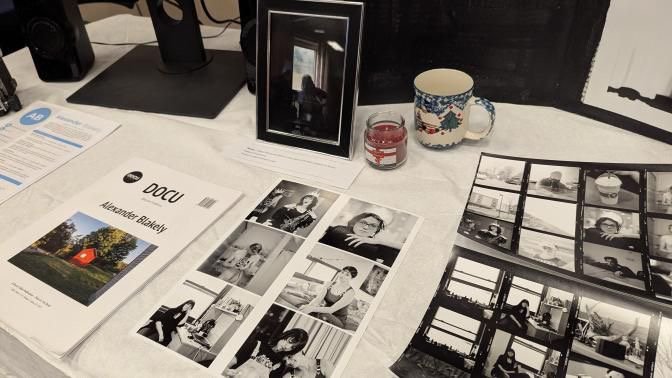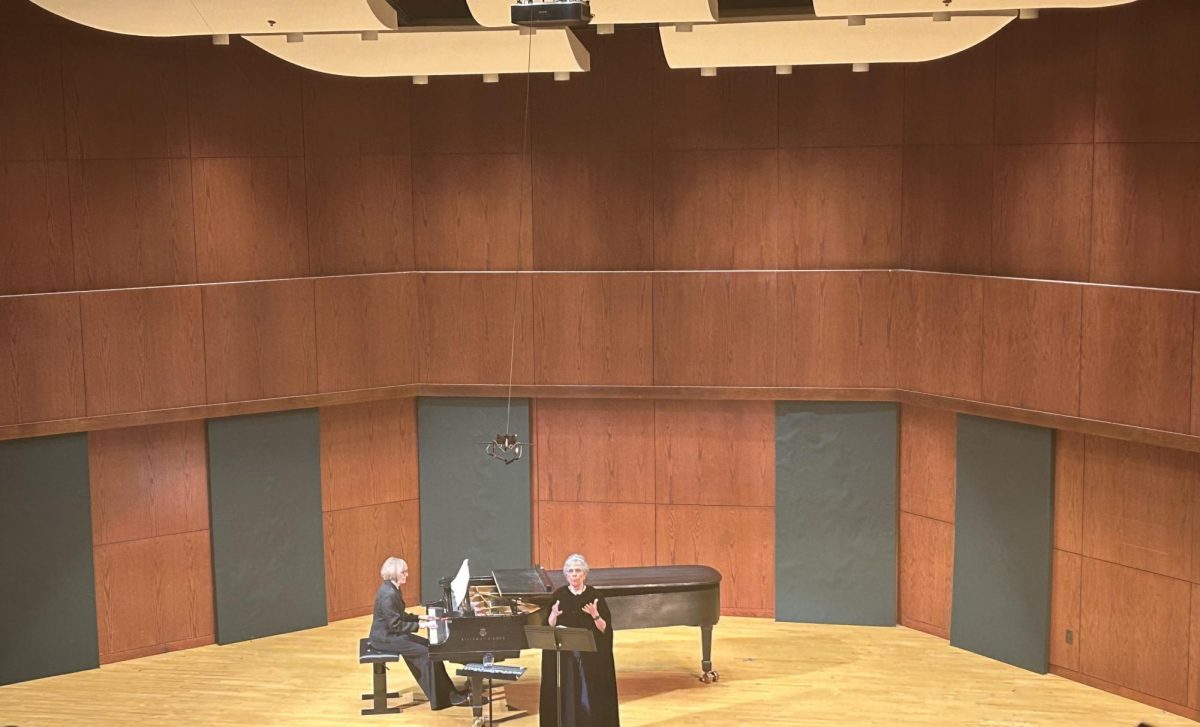- Lucas Vineyards started back in 1974 in Bronx, N.Y. before traveling to Ithaca.
- The winery is a family business, owned and operated by the Lucas family.
- Ruth Lucas is not only the founder of Lucas Vineyards, she is also the pioneer of the first Cayuga Wine Trail.
- Although not used anymore, grape stomping was helpful to make wine back in 200 B.C. Now distilleries are used to preserve wine for years.
- Lucas Vineyard is still considered a small winery that creates roughly 26,000 bottles of wine each harvest.
From grape stomping to wine distilleries, Lucas Vineyards take customers through the history of winemaking.

What is Lucas Winery?
The Lucas Vineyards started in 1974 when Ruth Lucas and her family moved from the Bronx to a 60-acre farm in Interlaken, New York. The family helped on the vineyard, harvesting their first crop of grapes since 1978.
The founders of the winery were Bill, a tug boat captain from the New York harbor; Ruthie, the oldest daughter; Billy, the hard working son; Stephanie, the youngest daughter and Ruth, the mother and pioneer of the first winery on Cayuga Lake.
Ruth learned from fellow winemakers to develop her abilities as one of the first female winery owners in the area. After teaming up with her daughter’s husband, Jeffery Houck, they led Lucas Vineyards to co-found the Cayuga Wine Trail; the oldest and longest running wine trail in the United States. “The Lucas Family has always valued creating lasting relationships and friendships with fellow wineries and customers,” says Houck.
The Lucas estate is home to 14 grape varieties, including Riesling, Cabernet Franc, Syrah, Chardonnay, Gewurztraminer, Vignoles, Vidal Blanc and Cayuga White. Jeff Houck, Ruth’s son-in-law, the current winemaker, oversees production and helped the winery grow to over 26,000 cases annually.

The winery has three generations of the Lucas family taking pride in the business. As Ruth Lucas says, “At Lucas Vineyards, hard work and history are honored while improvements and innovative ideas are encouraged. Old and young vines, like family members and friends, come together to add depth and maturity while promoting growth and freshness.”
How Wine is Made

The oldest winery was found in ancient Armenia back in 3100 B.C. Wine was used for religious events and ceremonies in Israel before it was used for trading in 200 B.C.
Winemaking consists of five basic components: harvesting, crushing and pressing, fermentation, clarification and aging and bottling.
Harvesting
Grapes are the only fruit used because of their acidic qualities that help make stable and natural wine. Many winemakers, like Lucas Vineyards, prefer to harvest by hand because mechanical harvesting hurts the grapes and the vineyard.
Crushing and Pressing
After the grapes are harvested and sorted, they are crushed. For many years, men and women did this manually by stomping the grapes with their feet. Nowadays, most winemakers use machine presses that stomp the grapes into juice.
Fermentation
This process includes 6 to 12 hours of mixing the wine with sugars and yeast. This is where the wine is separated into sweet, dry, and tart wines according to the specific batch. Fermentation continues until all of the sugar is converted into alcohol.
Clarification
This removes any solids from the wine batch. The filtration process captures large particles in the wine and then sifts for bottling and future aging.
Aging and Bottling
The final stage helps give winemakers the option to immediately bottle the wine, or give it additional aging. Aging the wine in oak barrels will produce a smoother, rounder, and more flavored wine. It also increases the wine’s exposure to oxygen while it ages. When it is time to serve, the winemakers bottle and seal it using a cork.
